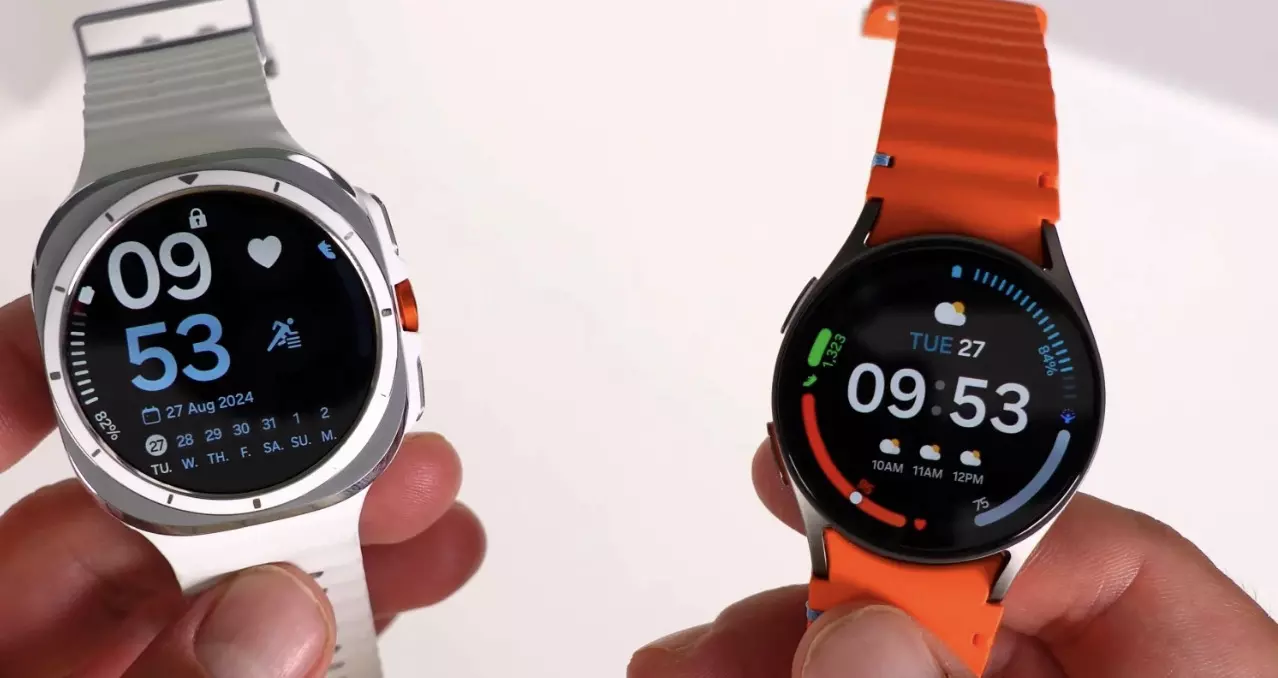Samsung's Genius Strategy for Galaxy Watches: Embracing the fashion evolution
Samsung's Genius Strategy for Galaxy Watches: Embracing the fashion evolution

Samsung's premium Galaxy Watch strategy may seem erratic at first glance, but there’s a method to the madness. In a tech world where innovation in wearables moves slowly, Samsung's unusual approach might be hiding a brilliant loophole that keeps the smartwatch market fresh.
Over the past few years, Samsung has rolled out several high-end Galaxy Watches, including the Galaxy Watch 4 Classic, Galaxy Watch 5 Pro, Galaxy Watch 6 Classic, and the groundbreaking Galaxy Watch Ultra. Now, as 2025 approaches, rumors suggest that the Galaxy Watch 8 Classic might mark a return to the Classic lineup. At first, it might appear that Samsung is fumbling its premium smartwatch strategy, but perhaps this is a deliberate move.
Unlike smartphones and tablets that see yearly updates with incremental changes in performance and AI, smartwatches evolve at a much slower pace. While this works for phones, wearables are a different beast—they're not just gadgets; they're fashion statements. How does Samsung keep its premium models from looking stale when tech improvements aren’t coming at a breakneck pace?
The answer might lie in Samsung’s approach: rotating its premium lineup every two or three years. Instead of releasing direct sequels year after year, Samsung’s strategy gives each smartwatch model more time to evolve. This prevents the products from feeling repetitive, as the Galaxy Watch lineup gets a chance to develop more naturally.
Take the base Galaxy Watch models, for example. Since 2021, the design has remained largely unchanged, with only minor tweaks such as larger screens and thinner bezels. The real excitement, however, comes from the premium Galaxy Watch models, which have a more varied and dynamic release schedule. The Galaxy Watch 4 Classic and its successor took a two-year break before the Galaxy Watch 6 Classic arrived, and we can expect a similar gap before the Galaxy Watch 8 Classic is released.
This rotation strategy allows Samsung to keep the premium models fresh and exciting without rushing out new versions every year. It creates space for meaningful design and technology improvements that would otherwise be hindered by the rapid release cycle seen in other consumer tech.
While it may seem like Samsung is just mixing things up randomly, this strategy might be the key to avoiding the monotony of slow-moving innovation in the smartwatch market. After all, wearables are just as much about fashion as they are about function. Samsung’s deliberate pace could very well be the genius loophole that keeps their premium watches relevant—and desirable—in a market where quick turns and constant change are expected.
So, don’t be surprised if Samsung brings back the Galaxy Watch Ultra or Pro models in the next few years. The company may just be playing the long game, ensuring that every release feels as fresh and exciting as the last.

